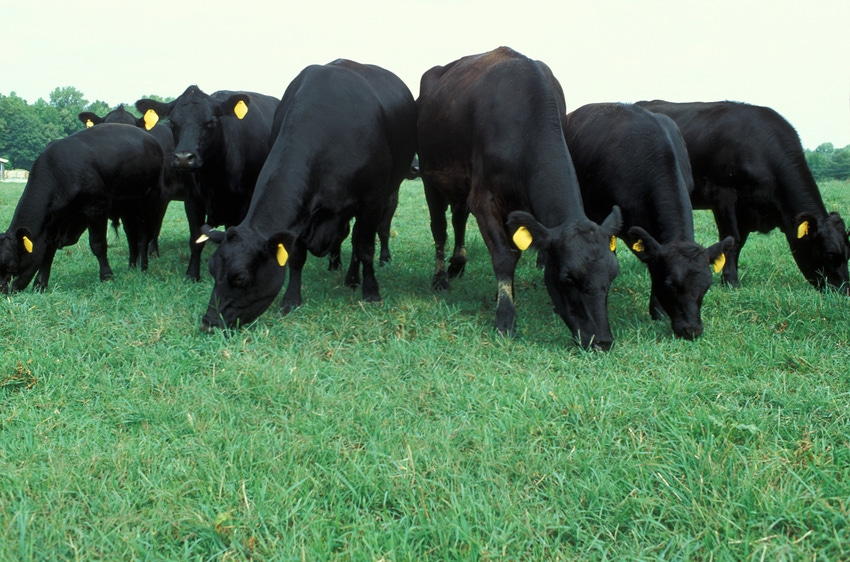
For people already established in the cow-calf business, the last few years have been breath taking. A number of factors have come together to create a shortage of beef cows and push cattle prices to historic levels; in some markets calf prices are triple what they were a few years ago so we must all be getting rich. Some are and some are not depending on whether their production philosophy is geared toward production per individual animal or toward maximizing profit.
The pounds of meat produced per individual beef animal has increased greatly in recent years; we have carcasses coming out of slaughter plants that are as heavy as the live weights of cattle killed a few years ago. The packers love big cattle since it costs less per pound to process a large animal than it does a small one. The packers have pushed for larger cattle but the main reason cattle have gotten larger has been producer acceptance of academia's infatuation with heavier weaning weights.
Starting in the early 1950s, the land grant colleges began to push larger cattle; part of the rationale was reaction to the snorter dwarf outbreak that decimated some lines of beef cattle but most of the push came from the belief that producing larger cattle would give more pounds to sell and therefore be more profitable.
The push was not so much for larger cattle as it was for heavier weaning weights. The efforts to increase weaning weights took several different paths; early recommendations centered on cultural practices such as creep feeding, earlier calving, and hormone implants but soon progressed to genetics using performance testing and sires throwing heavy weaning weight calves.
Average weight at weaning increased rapidly but with some unintended consequences; cow weights increased and pounds of calf weaned per pound of cow exposed went down. The bigger cow selected for high milk production has a high nutrient demand just to maintain body mass even when she is not lactating. She also has lower fertility and produces less pounds of calf per pound of her body weight.
Data collected by the Southeast Integrated Resource Management program suggests that an area of forage correctly stocked with cows will produce fifty percent more value of calves when stocked with 1,000 pound cows than when stocked with 1,500 pound cows. An area of grass can support more small than large cows; the smaller cows produce lighter calves but more of them and the calves sell for more per pound. This information is presented in detail in my book How to Not Go Broke Ranching.
What's does a cow do?
I have caught flak in the past for my views on the purpose and value of the beef cow and I will step on more toes with this column. The purpose of a beef animal is not to "meet the demands of the trade" or "preserve the beef industry". The purpose of beef animals is to create wealth by increasing the value of forage; especially low cost forage growing out in the rough.
Given good management, the beef cow can profitability convert this material into valuable nutrient dense food. A secondary benefit, perhaps even more valuable in the long term, is the ability of grazing animals to have positive effects on the health of natural resources (soil, plants, and water). Properly grazed animals increase soil organic matter content which increases the water holding capabilities of soil and reduces both flooding and drought effects.
Few agriculture endeavors can compete financially with cows that have been selected to thrive on an all forage ration and are managed to be in sync with nature in their environment. These animals, with good grazing management, will require a minimum of inputs from outside the operation and thus maximize the profitability of their production. The same type cattle and management can be very profitably used in more productive areas. Crop residues are a valuable resource that is being largely wasted in many prime cropping areas. Returning cattle to these areas as part of a pasture/crop rotation, as was once the standard, could do a great deal toward reducing soil loss and nutrient pollution and creating a stable, productive, and profitable agricultural economy.
About the Author(s)
You May Also Like




